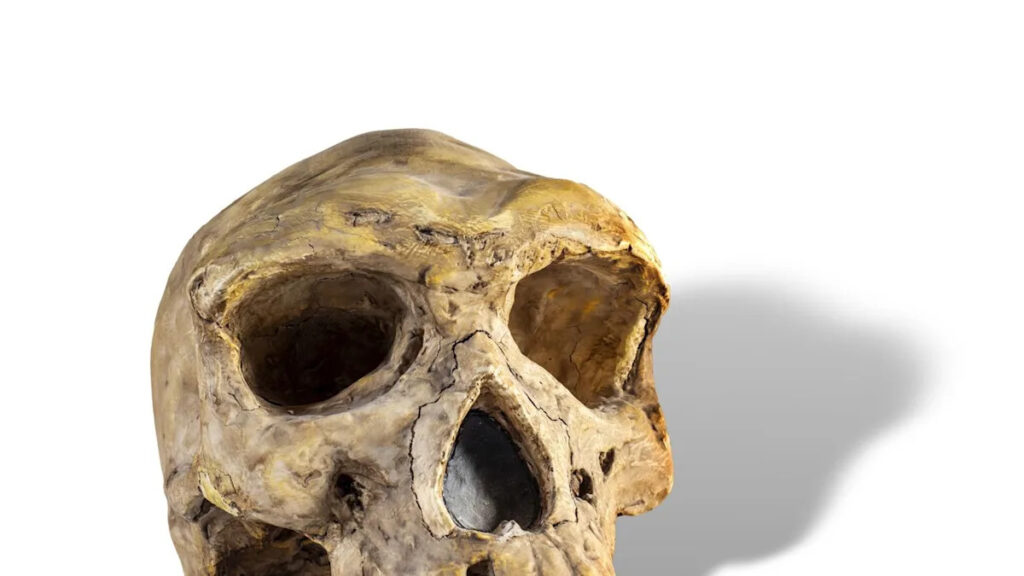
In a groundbreaking study, researchers have discovered that lead exposure, a deadly toxin, may have played a crucial role in human evolution. By analyzing fossilized human teeth spanning two million years, scientists found surprisingly high levels of lead, suggesting that ancient hominids were regularly exposed to this neurotoxin. The findings, published in Science Advances, reveal how lead exposure could have influenced the development of the human brain and contributed to the survival of Homo sapiens over other human ancestors.
The study involved examining the enamel and other layers of teeth from 51 ancient human ancestors across Africa, Asia, Oceania, and Europe. Remarkably, 73% of these specimens tested positive for lead. The presence of lead in these ancient teeth indicates that early humans were ingesting significant amounts of the toxin, which could have had profound effects on their neurological development.
Lead’s Historical Pervasiveness
Lead is not only a byproduct of human activity but also occurs naturally in the environment. It can be found in rocks, soils, sediments, and bodies of water. Natural processes such as volcanic eruptions, wildfires, and erosion can release lead into the environment, contaminating waterways and accumulating in minerals. This widespread presence of lead meant that ancient hominids were exposed to it long before industrial activities began.
The teeth of extinct species, such as the Giantopithecus blacki, showed lead levels comparable to those found in modern industrial sources. This suggests that lead exposure was a significant environmental factor affecting early hominids, potentially influencing their cognitive abilities and survival.
The Genetic Edge of Homo Sapiens
To explore the impact of lead on brain development, researchers created brain organoids using both ancient and modern variants of the NOVA1 gene, which is crucial for neuron development. When exposed to lead, organoids with the ancient NOVA1 variant exhibited dysfunction in the FOXP2 gene, which is essential for speech and language. This dysfunction highlights a potential evolutionary advantage for Homo sapiens, whose modern genetic makeup provided better protection against lead-induced stress.
According to the study, the advanced communication capabilities of modern humans, facilitated by the modern NOVA1 variant, may have given them a survival advantage over other hominids like Neanderthals. This ability to communicate effectively could have been critical in alerting others to environmental dangers, including lead contamination.
“While we acknowledge that primate species have various social behaviors, this finding bolsters our proposition that lead exposure played a noteworthy role in their evolution by affecting neurosocial pathways, such as group-level social cohesion, providing a relative survival advantage to modern humans over Neanderthals,” the researchers stated.
Controversy and Implications
The study’s findings have sparked debate among scientists. Some experts argue that the conclusions are speculative due to the limited number of fossils examined, which may not represent all human ancestors over the past two million years. However, the research highlights the possible role of environmental factors in shaping human evolution, particularly the development of language, which remains a distinguishing feature of Homo sapiens.
As researchers continue to explore the impact of lead on human evolution, the study underscores the importance of understanding how environmental toxins have influenced the development of our species. The findings also serve as a reminder of the ongoing need to address lead contamination in modern environments to protect future generations.
Looking ahead, further research is needed to explore the genetic and environmental factors that have shaped human evolution. By examining the interplay between genetics and environmental stressors, scientists hope to gain a deeper understanding of the evolutionary processes that have made Homo sapiens the dominant species on Earth.





